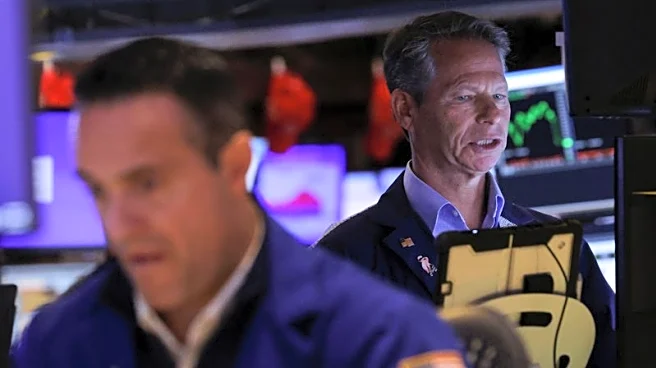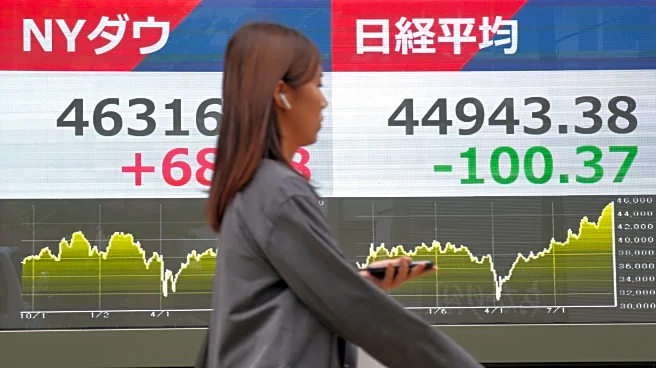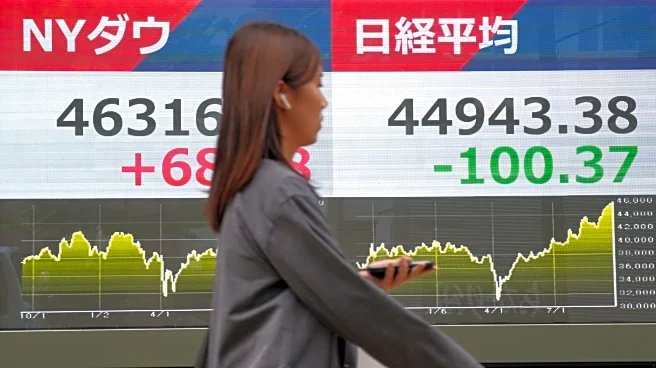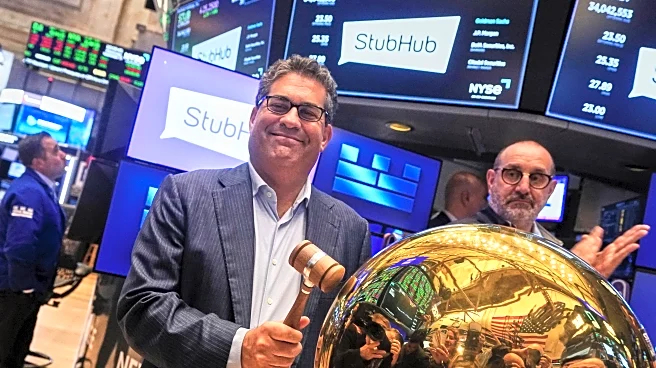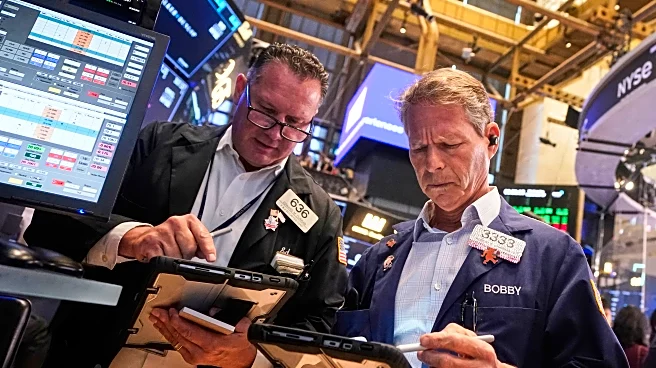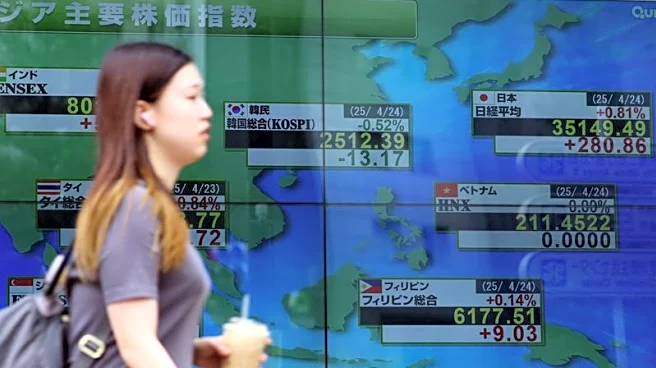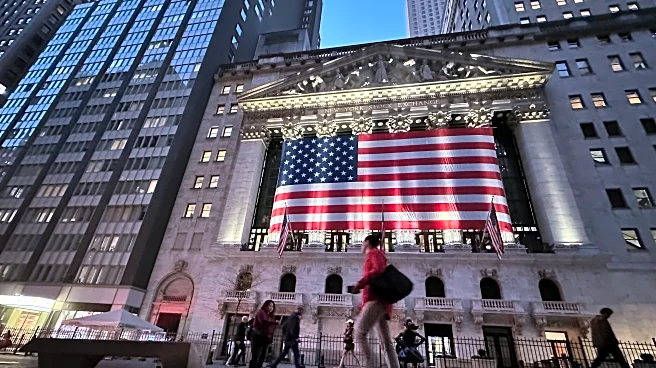A look at the day ahead in European and global markets from Stella Qiu
And just like that the U.S. government has entered its 15th shutdown since 1981 and the second under President Donald Trump, who used
the opportunity to threaten the dismissal of yet more federal workers.
Tens of thousands have already been fired this year and over 150,000 workers are due to leave federal payrolls this week after taking a buyout, the biggest exodus in 80 years. If you're catching a U.S. flight soon, the FAA plans to furlough a quarter of its staff for the shutdown.
Wednesday is also when Trump's new tariffs on big trucks, patented drugs and other items are due to take effect. Even when the government shuts down, the administration has said the tariff collections will continue.
All of these are set to exacerbate concerns at the Federal Reserve about an already slowing labour market. Investors are betting that will overshadow the lack of economic data and convince the Fed to cut this month, with pricing at 96% up from 90% just a day ago.
So far today, both S&P 500 futures and Nasdaq futures have fallen 0.5% - small moves given how much share markets have rallied this year. During the previous 21 shutdowns, the S&P has averaged 12 gains and 9 losses, with a median rise of 0.1%.
All this uncertainty has been a useful excuse for gold bulls to push the theme of buying assets outside of government control, lifting the metal to another record of $3,875 an ounce. Silver and platinum are also on a tear.
It's been a mixed session in Asia, with Chinese markets out for the week-long National Day holidays. Japan's Nikkei dropped 1%, but Taiwan gained 1% and South Korea 0.8%.
Still, judging by the muted moves in currencies and Treasuries, there appears to be little trepidation for investors apart from fretting over the data vacuum resulting from the government shutdown. No payrolls report to bet on!
That puts the focus on the ADP National Employment Report later today. Forecasts are centred on a modest gain of 50,000 private-sector jobs as the labour market continues to cool. The JOLTS report on Tuesday highlighted the weakness was in hiring, with the jury out on whether that's due to AI, or tariffs or something more lasting.
Before all that, there is euro zone inflation data for September which is likely to show inflation ticked up to 2.2% from 2% previously. Risks could be to the upside after German inflation came in higher than expected.
A hot number would argue the European Central Bank is likely done easing this cycle and offer a reason to go long euros.
Key developments that could influence markets on Wednesday:
-- Euro zone HICP flash inflation readings for Sept
-- ISM US Manufacturing survey
-- ADP private payrolls
(Editing by Jacqueline Wong)

